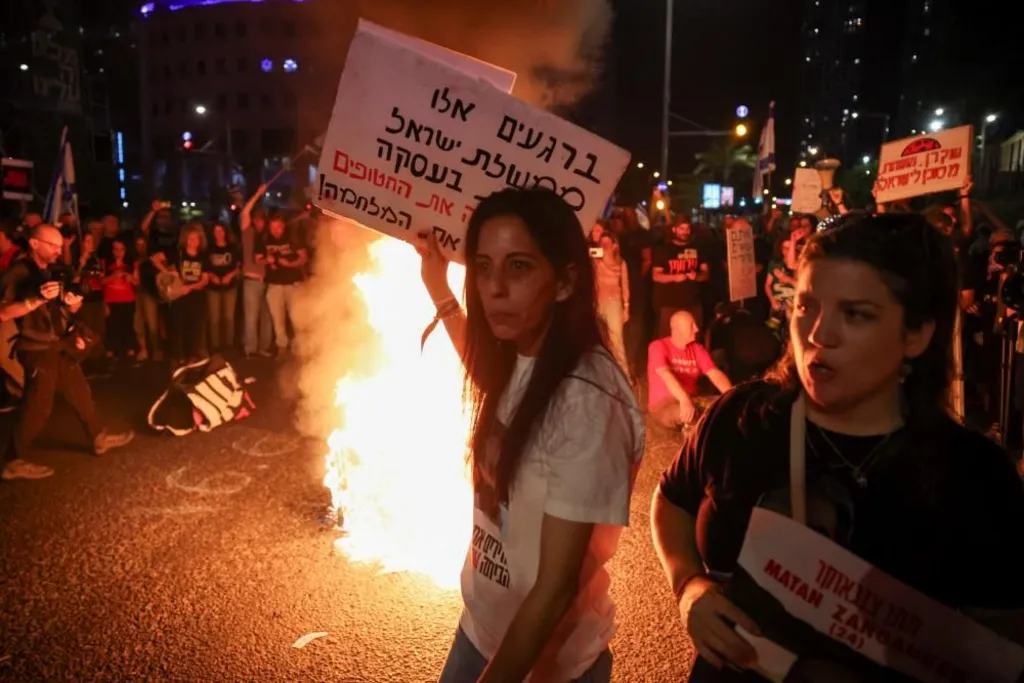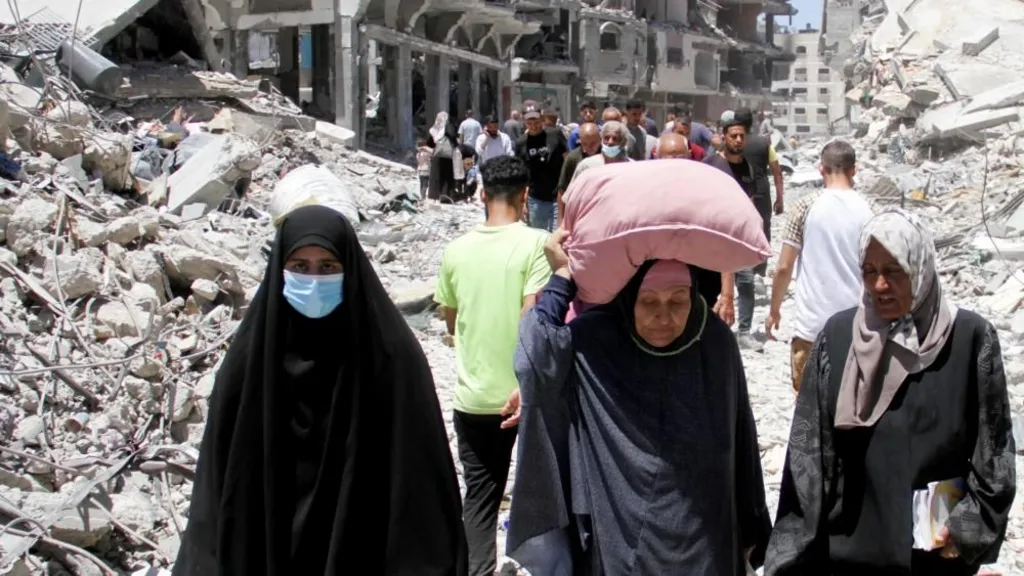BBC – For leaders on both sides of the conflict in Gaza, securing an end to the violence has evolved into a perilous struggle for survival. The outcome of the ceasefire negotiations holds significant implications for their political futures and hold on power. Hamas’ leader, Yahya Sinwar, faces not just political stakes but also physical threats to his survival.
Previous attempts at negotiations have faltered, primarily due to the high stakes involved. This complexity has deferred discussions on a permanent ceasefire to the latter stages of the plan unveiled by US President Joe Biden on Friday.
Transitioning from talks regarding a limited hostage-for-prisoner exchange to discussions on a lasting ceasefire poses a formidable challenge, as acknowledged by President Biden himself. The success or failure of the latest ceasefire deal largely hinges on this crucial phase.
The United States has taken steps to support the ceasefire plan by submitting a draft resolution to the UN Security Council. This three-phase plan entails ending the conflict, releasing hostages, and facilitating the reconstruction of Palestinian territories.
Israeli Prime Minister Benjamin Netanyahu has domestic imperatives driving his cautious approach towards the deal. Phase one, according to Biden’s proposal, involves the release of numerous hostages, which would be welcomed in Israel. However, Hamas is unlikely to relinquish its most politically sensitive hostages without guarantees against future conflict.
Leaks from Israeli media indicate Netanyahu’s intention to keep options open, including the possibility of resuming hostilities until Hamas is “eliminated.” Such a stance aligns with demands from his far-right coalition partners, crucial for maintaining political stability amid corruption allegations and potential early elections.

Netanyahu’s strategy hinges on retaining flexibility within his government while Hamas leaders seek upfront assurances of a permanent ceasefire. Previous agreements collapsed due to these fundamental differences, highlighting the challenge of bridging this gap.
While Hamas has faced significant setbacks to its military infrastructure, including a decline in public support and control within Gaza, key leaders like Yahya Sinwar and Mohammed Deif remain elusive. Their continued presence poses political risks for Netanyahu, who seeks to portray the conflict as a success.
The United States maintains that Hamas, despite degraded capabilities, remains a threat and cannot be eliminated militarily. President Biden has affirmed Israel’s readiness to proceed with the terms of the ceasefire, placing the onus on Hamas to agree.
Despite mounting pressure, Hamas is unlikely to concede to the exile or surrender of its top figures. Internal divisions within the organization further complicate negotiations, with some leaders showing willingness to engage while others remain steadfast in their resistance.
For Israelis displaced by recent attacks, including Yarin Sultan, the prospect of a ceasefire brings mixed emotions. Many, like Sultan, express skepticism, fearing a return to violence if Hamas’ leadership remains intact. As ceasefire talks unfold, the stakes remain high for both sides, with the outcome shaping the region’s future.
